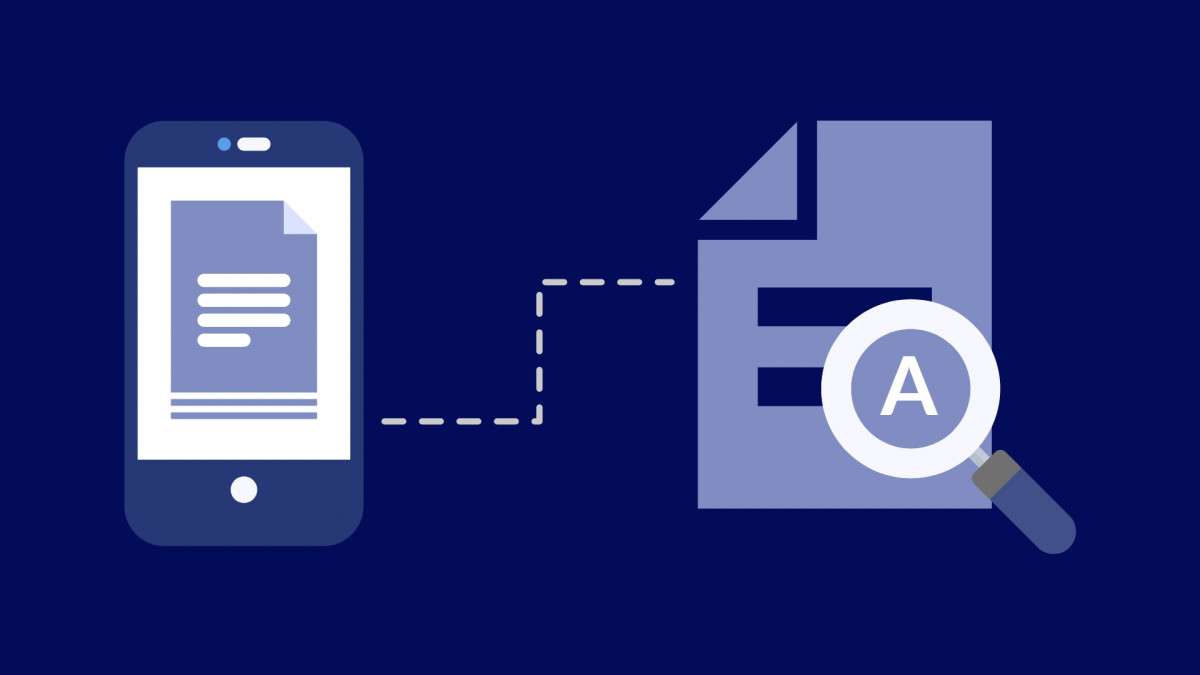In the realm of OCR, harnessing the capabilities of Image-to-Text conversion through APIs opens doors to a myriad of applications. This ultimate guide provides comprehensive insights into the world of Image To Text API, offering a roadmap for integration, optimization, and maximizing the benefits of this transformative technology.

Understanding Image To Text API Basics
Begin your journey by understanding the fundamental concepts of Image-to-Text OCR. Explore how OCR algorithms analyze images, recognize characters, and convert them into machine-readable text. Grasping these basics sets the foundation for a successful integration of OCR APIs.
Choosing the right OCR API is a critical decision. Evaluate popular options such as Google Cloud Vision API, Microsoft Azure Computer Vision, Tesseract OCR, AWS Rekognition, OCR.space API, ABBYY FineReader, and emerging players. Consider factors like accuracy, language support, and ease of integration to align the API with your specific requirements.
Before diving into integration, obtain the necessary credentials for your chosen OCR API. This involves creating an account, obtaining API keys or tokens, and managing access permissions. Securely store and manage these credentials to ensure a smooth and secure connection between your application and the OCR API.
Integration Into Your Application Or Workflow
Follow the API documentation and guidelines to seamlessly integrate Image-to-Text OCR capabilities into your application or workflow. Leverage code samples provided by the API provider to initiate OCR processing, and ensure that your integration adheres to best practices for optimal performance.
Fine-tune OCR parameters to optimize accuracy and efficiency. Experiment with settings such as image resolution, language selection, and processing speed to achieve the desired balance. Iteratively refine these parameters based on testing and performance evaluations.
Effectively handle OCR results returned by the API. Extract the relevant text from the API response and implement robust error-checking mechanisms. This ensures graceful handling of unexpected scenarios, contributing to a seamless user experience.
Post-Processing And Additional Functionalities
Explore post-processing activities to enhance the extracted text further. This may include language translation, text analysis, or integration with other APIs for additional functionalities. Tailor the post-processing steps based on the specific requirements of your application.
Prioritize security and compliance in your OCR implementation. Ensure that sensitive data is handled securely, and adhere to industry regulations and best practices. Regularly update your application to address any security vulnerabilities and stay compliant with evolving standards.
As your application grows, focus on scalability and performance optimization. Ensure that your OCR solution can handle increased processing demands efficiently. Monitor performance metrics, identify bottlenecks, and optimize your implementation to maintain optimal performance as your user base expands.
The OCR landscape is dynamic, with continuous advancements and innovations. Stay informed about emerging OCR trends, new API releases, and technological breakthroughs. Regularly update your OCR implementation to leverage the latest features and improvements offered by API providers.
Mastering the Art of Image-to-Text OCR with APIs
In conclusion, mastering the art of Image-to-Text OCR with APIs requires a holistic approach—from understanding the basics to optimizing parameters and staying informed about industry trends. By following this ultimate guide, you can navigate the complexities of OCR integration, ensuring a seamless and transformative experience in harnessing the power of Image-to-Text conversion for your applications and workflows.
Check Handwriting OCR API
In the dynamic realm of document digitization, Handwriting OCR API emerges as a transformative force, meticulously converting handwritten text into editable digital formats with unparalleled accuracy. Its remarkable ability to decipher a vast spectrum of handwriting styles, from elegant penmanship to hastily scribbled notes, makes it an indispensable asset for a diverse range of applications.

Handwriting OCR API seamlessly integrates into your existing workflows, regardless of technical expertise. Its intuitive user interface and user-friendly design make it accessible to everyone, empowering individuals and organizations to unlock the boundless potential of handwritten information.
Embrace Handwriting OCR API and embark on a journey of transformation, unlocking the wealth of knowledge and insights embedded within handwritten documents. Unleash the power of the past to shape a future of innovation, efficiency, and accessibility.
All You Need To Do To Make Use Of It Is:
- First, go to Handwriting OCR API and click the “START FREE TRIAL” button.
- You will be able to access the API once you have registered with the Zyla API Hub.
- Hit the “OCR” API endpoint.
- Then, click the “test endpoint” button to make an API call and examine the results on your screen.
For example, if we introduce the following image:

We will get a response similar to this:{ “result”: “1”, “subScans”: [], “value”: “JRR Tolkien.\n1923” }
Because of Zyla Labs, a marketplace with top-notch customer service, finding APIs has been much easier. For assistance in choosing from the more than 1200 APIs that are available, choose a category, phrase, or programming language. The market place provides comprehensive details about each API, including its price, auxiliary materials, and conditions of service.
Want to know more? Read Make Your Handwriting Digital With An OCR API

